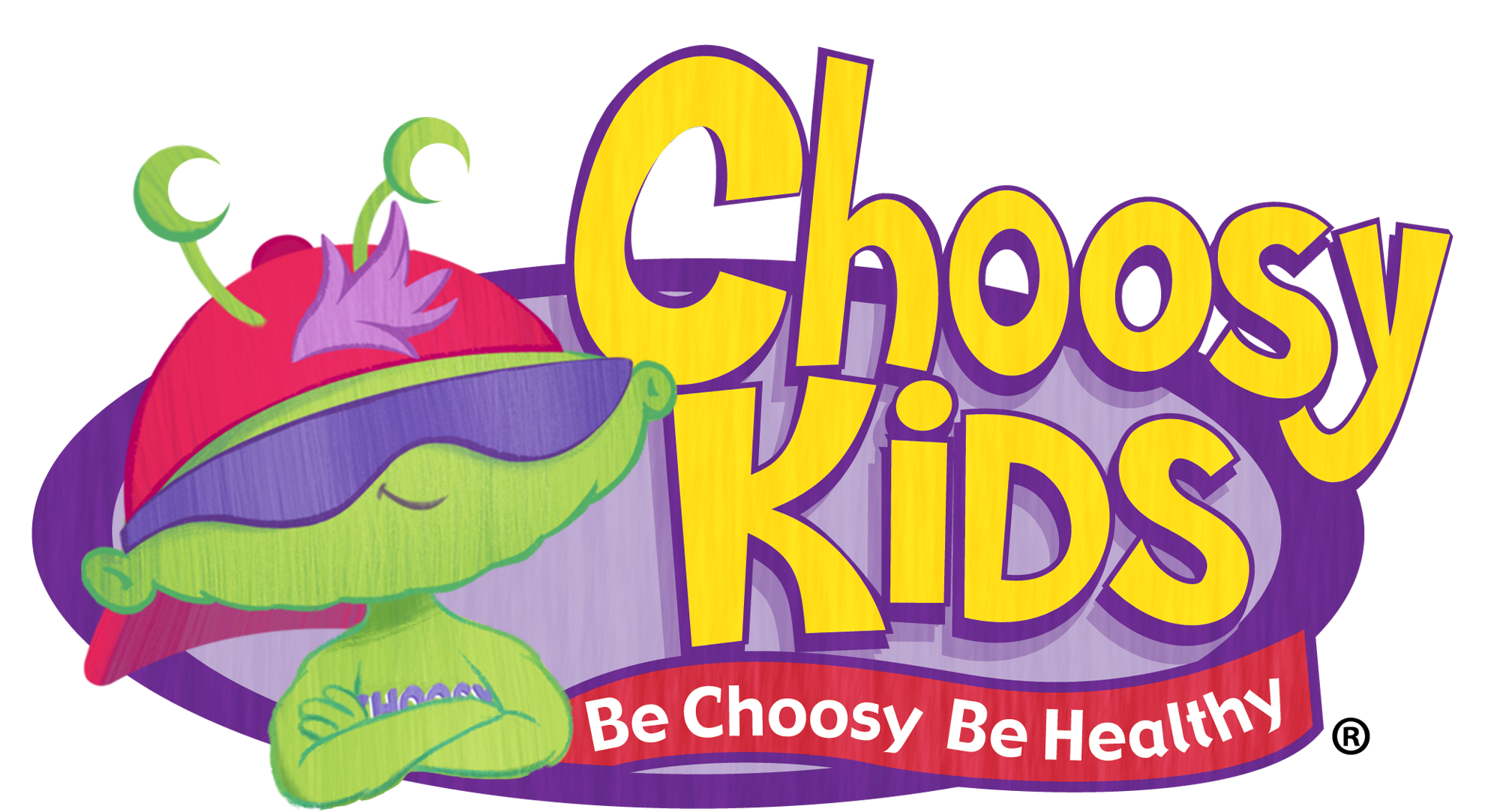


By Amy Requa, MSN, CRNP
There is a new push for preventive dental care for very young children to achieve the “1st dental visit by the 1st Birthday”! The current recommendation, supported by the American Dental Association (ADA), the American Academy of Pediatric Dentistry (AAPD), and the American Academy of Pediatrics (AAP), is for parents to take their child to see a dentist by their first birthday or with the eruption of their first tooth, whichever comes first. Why would parents want to do this and what happens during the first dental visit?
Baby teeth are important! Most babies get their first teeth between 5-12 months of age, so it’s important to understand how to keep their teeth healthy from the start. The health of baby teeth can affect the health of adult teeth because cavities are infectious and can spread from tooth to tooth. The good news is that dental disease is almost 100% preventable in young children when they see the dentist and dental hygienist by age one.

During the Age One dental visit, children should receive a brief examination to check the mouth, usually lasting less than 5 minutes. A helpful position for examining a young child is called the “knee-to-knee” position, allowing the dentist to see inside the child’s mouth while the parent calms the child (see photo above). During the “knee-to-knee” examination, a tooth cleaning (usually done with a child-sized toothbrush and toothpaste), a quick fluoride varnish application, and discussion about how to contact the office if parents have questions or needs. Also, parents should receive thorough education about creating good life-long oral health habits, such as techniques for brushing their child’s teeth (supervised until the child is 7-8 years old), encouraging the use of fluoridated toothpaste and drinking water, and flossing. There should be discussion with the parents about daily habits and nutrition, such as prevention of early childhood cavities by avoiding certain feeding patterns (e.g. avoid “grazing” on sippy-cups with juice), and a review of pacifier use and thumb sucking. Information about trauma/injury prevention, appropriate ways of dealing with “teething”, and tooth eruption information should be provided to parents.
Parents should be knowledgeable and empowered to give the gift of life-long preventive dental care for their children by making the “1st Visit by 1st Birthday”!
You may also like...







